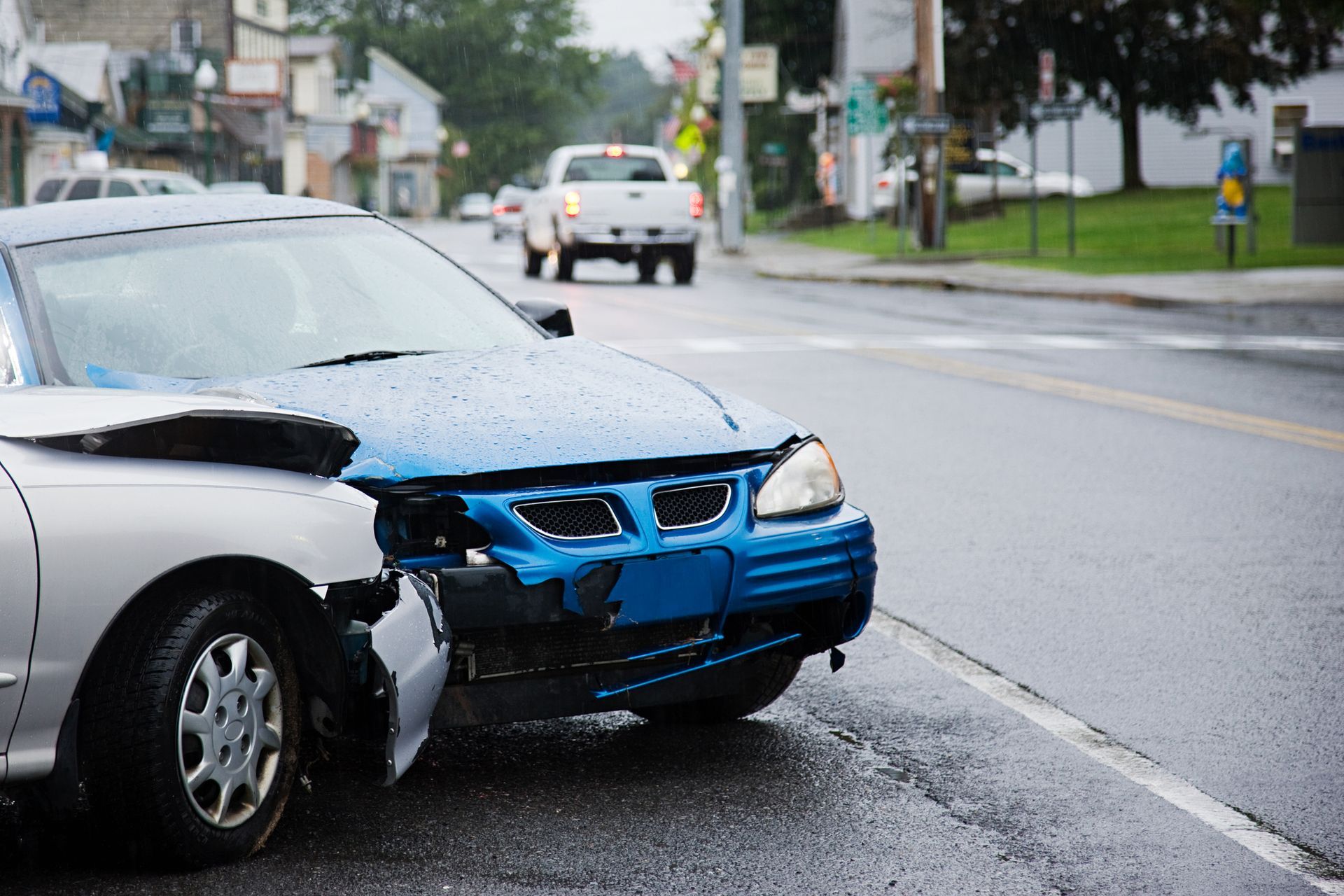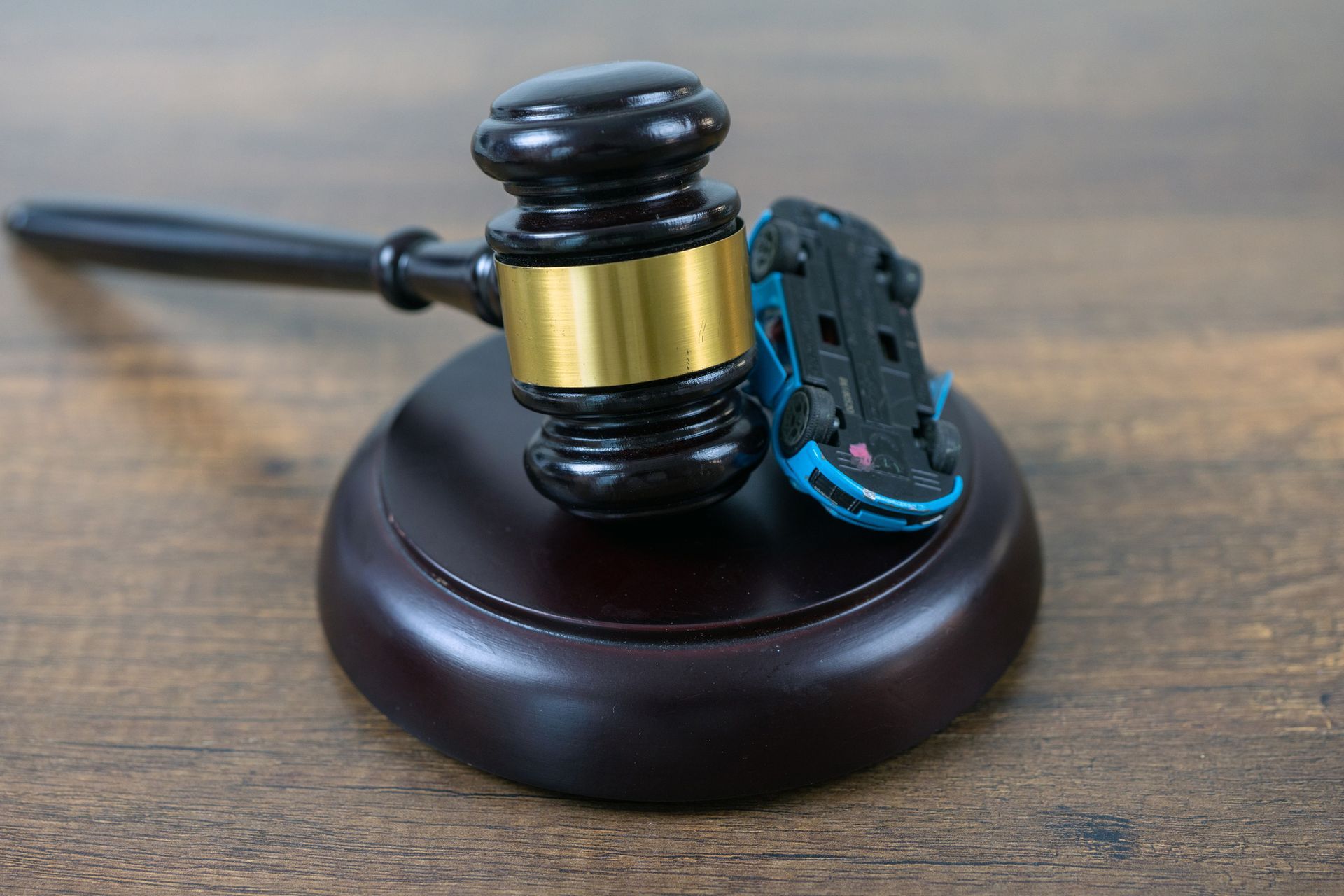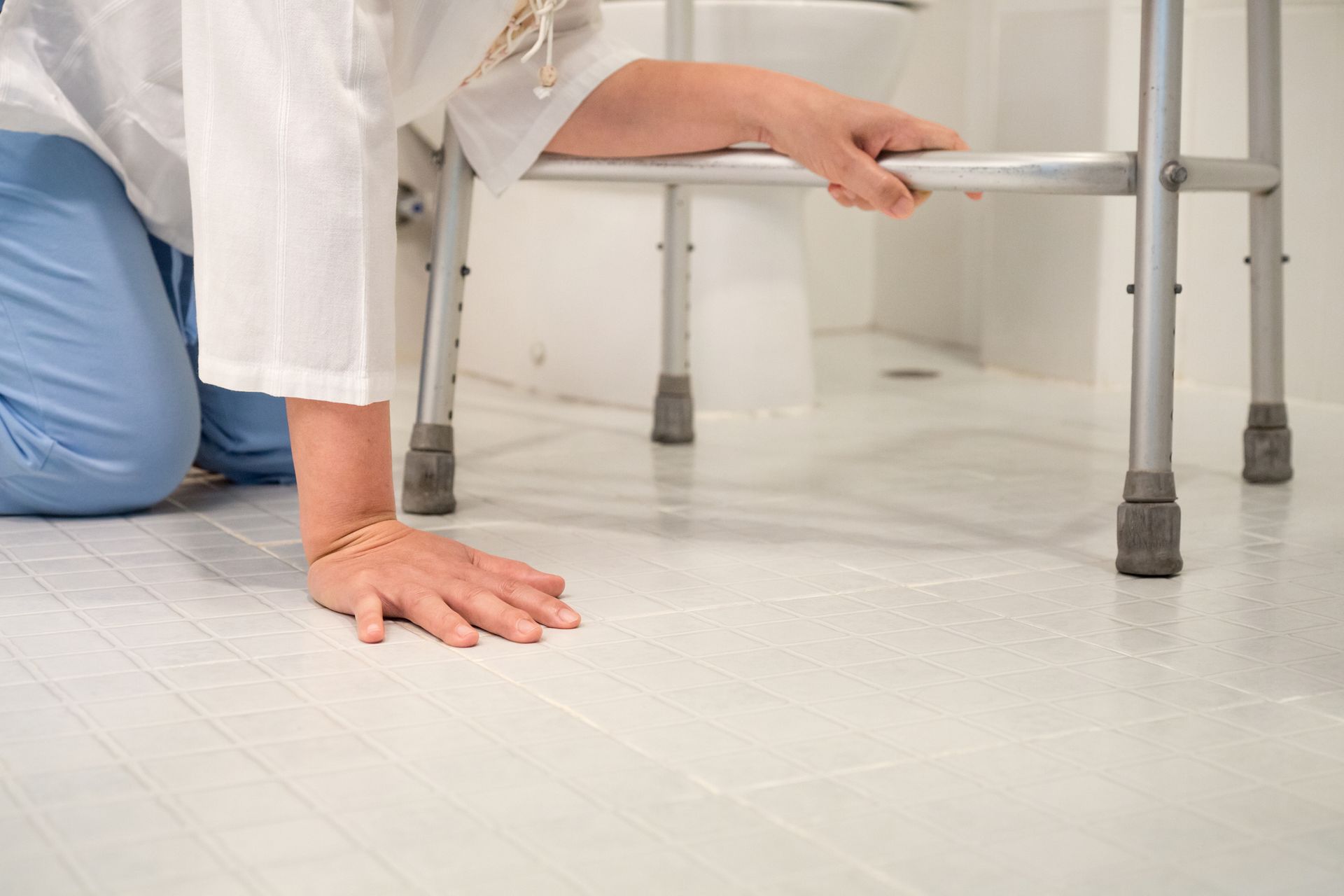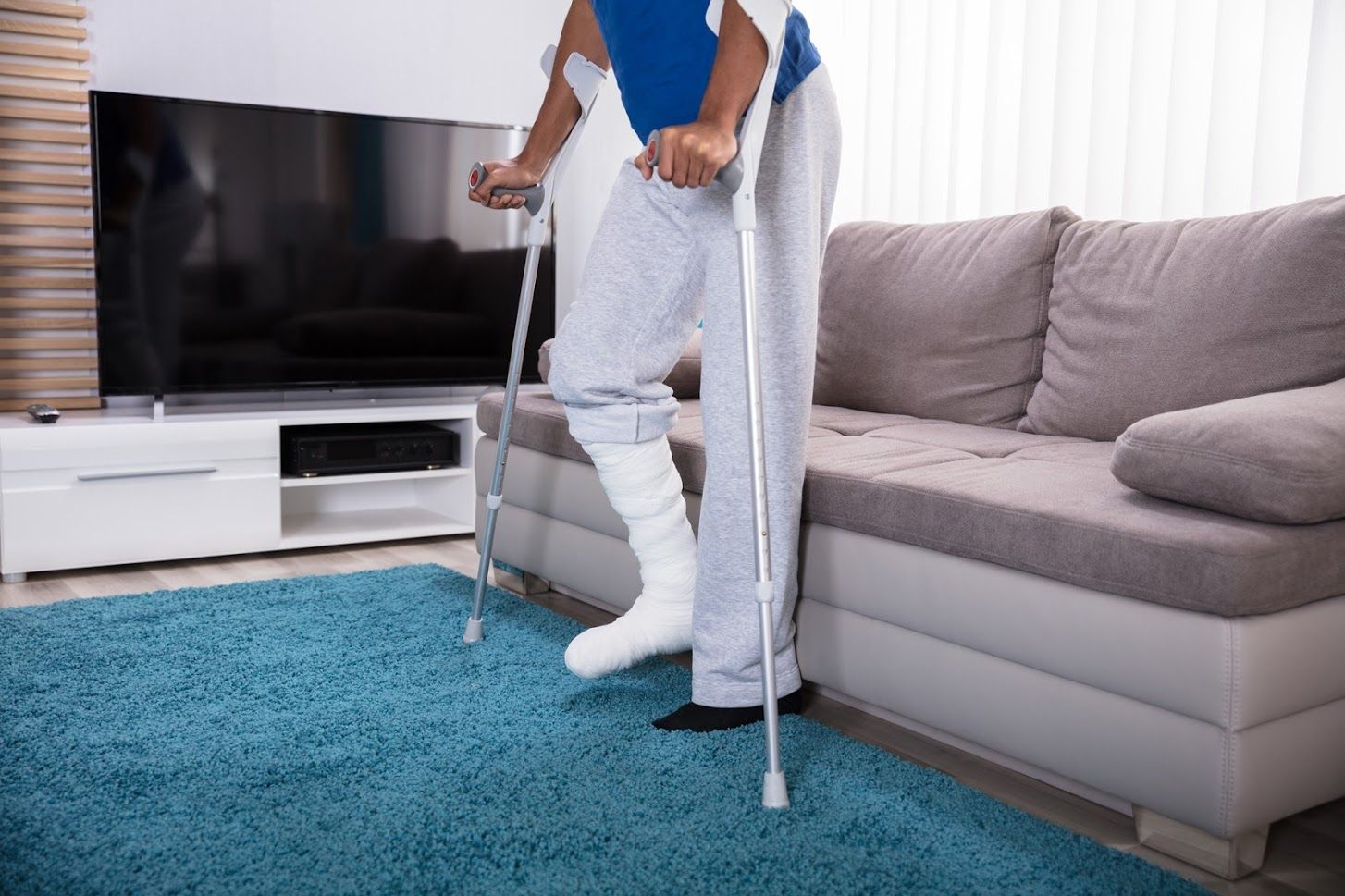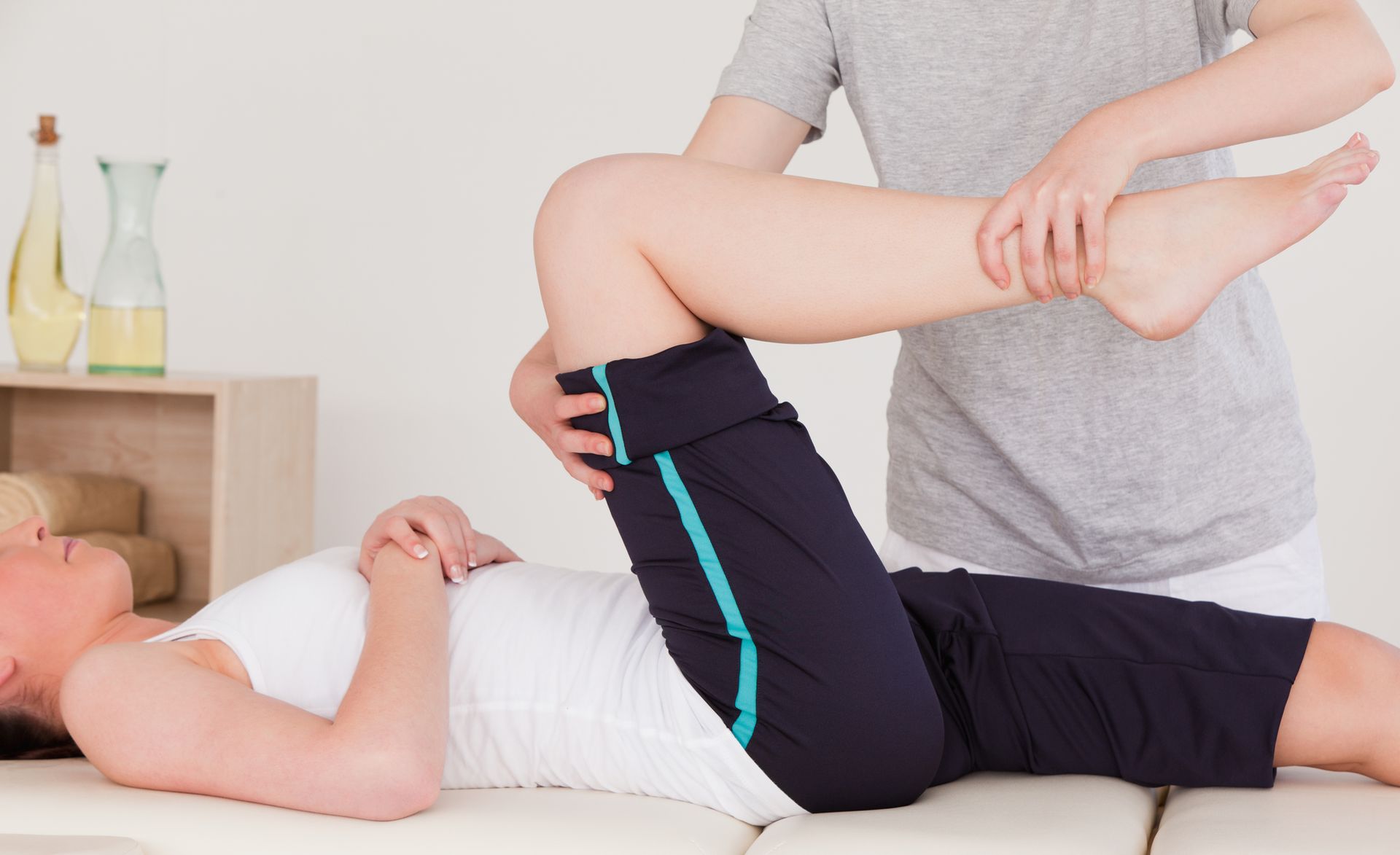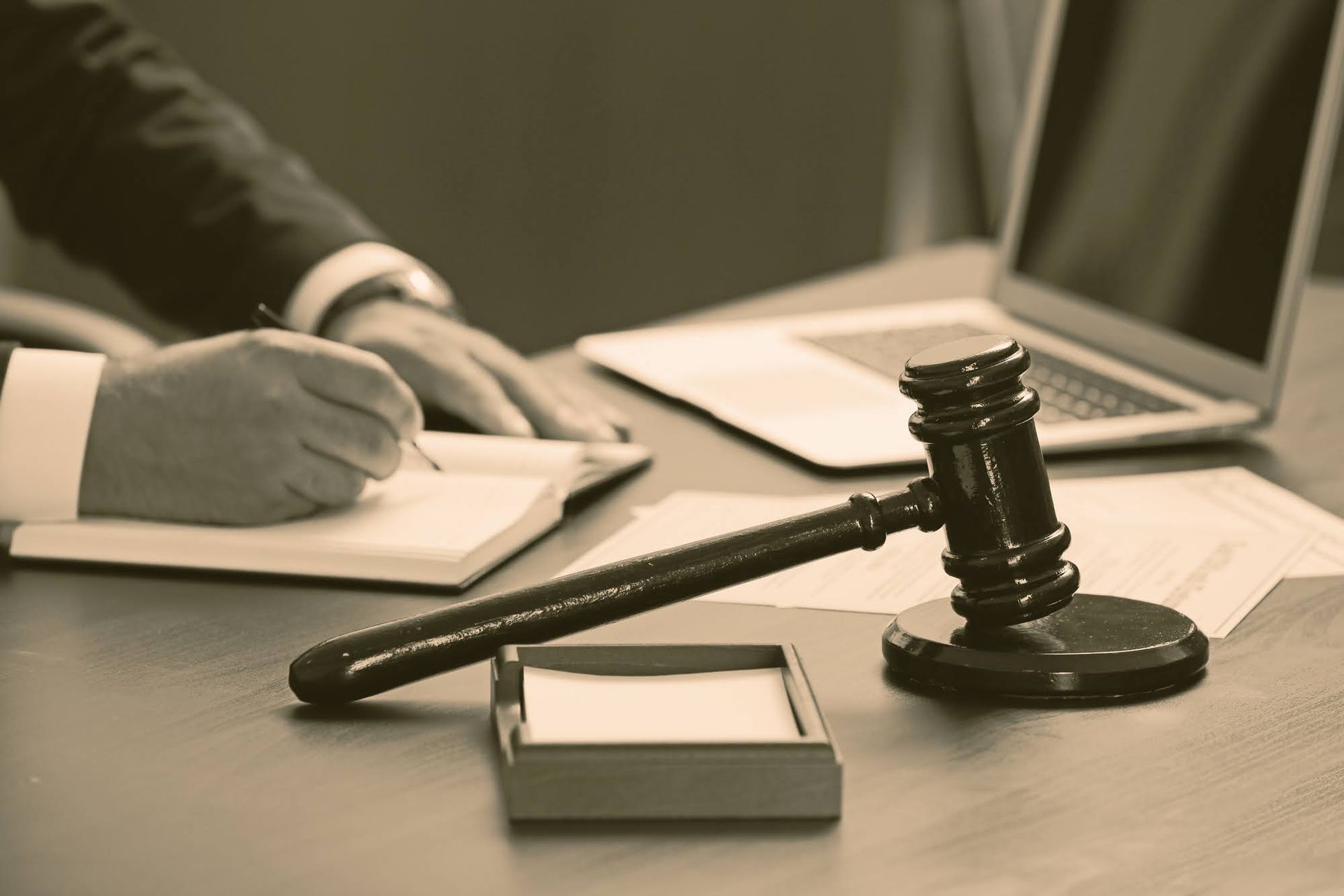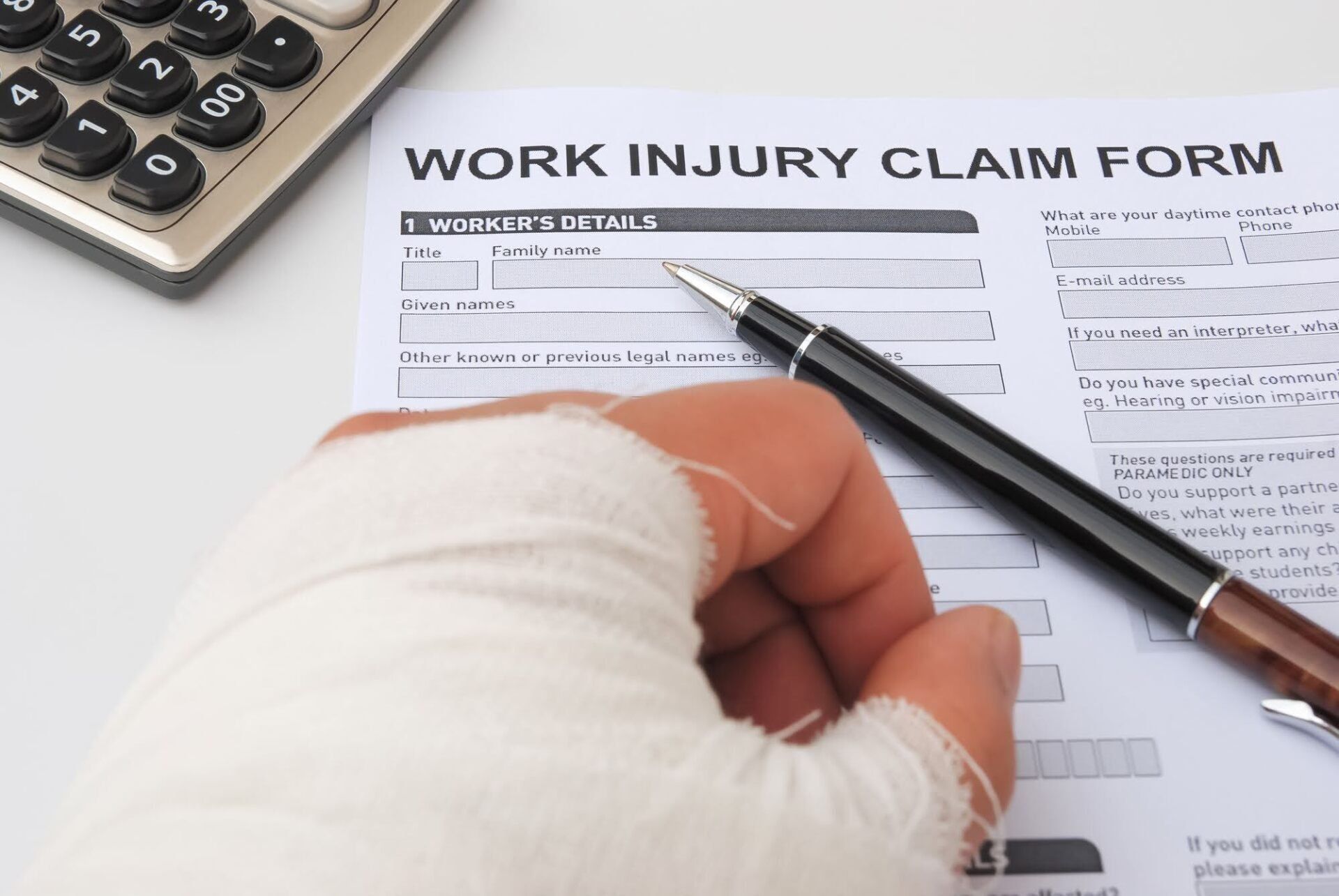Cycling Risks | Law Offices of David A. Helfand, P.A.
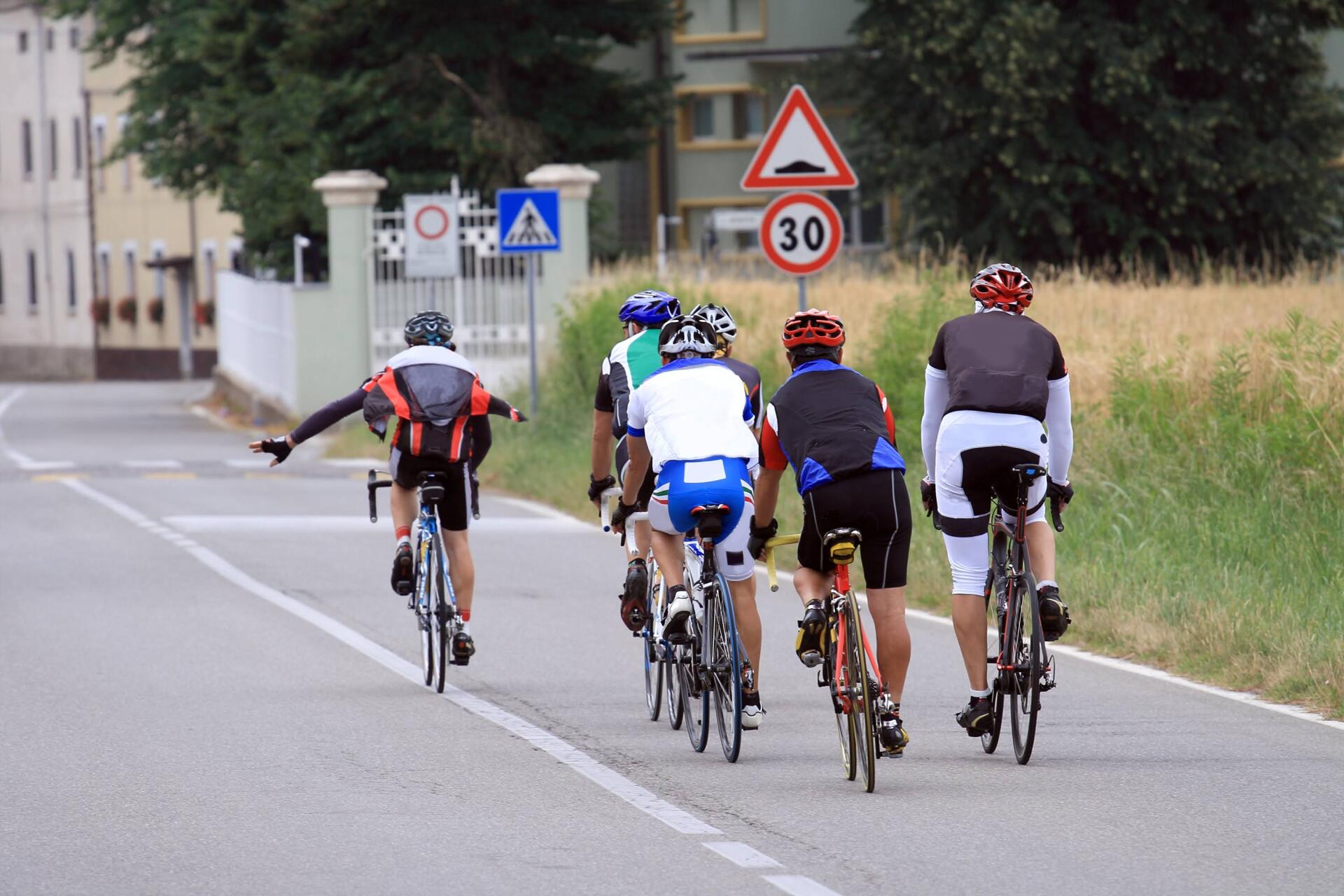
Bicycling is an excellent way to enjoy Florida's natural beauty, stay in good physical condition, and help the environment. Unfortunately, though, it also puts you at additional risk when out on the road. What higher risk factors do bicyclists face? Can you be held liable for any of those risks if you are in an accident? And how can you best protect yourself while cycling? Here are a few things that every cyclist needs to know.
What Added Risks Do Cyclists Face?
Every driver, pedestrian, motorcyclist, and bicyclist on the road faces a certain level of inherent risk. After all, traffic, bad weather, and unforeseen emergencies can happen to anyone. But a bicyclist's risks are often higher. In addition to dangers from drivers who speed, change lanes without signaling or looking, drive while intoxicated, or are distracted, cyclists face unique dangers like these:
- Dooring . Dooring usually occurs when a driver opens their driver-side door into the path of an oncoming cyclist, who has difficulty avoiding a collision.
- Crossing Bike Lanes . Where there are bicycle lanes, these are often simply positioned on the side of the road itself. Drivers who may be cautious about not drifting into other vehicle lanes may be careless about drifting into bike lanes.
- Right Turns. When a driver turns right, they generally expect fewer potential obstacles from this direction. So they may not be diligent about checking for bicycles.
- Aggressive Tactics. Car and truck drivers may get angry or frustrated at bicyclists who they feel hinder their progress. The driver may honk, tailgate, swerve, yell, or otherwise try to intimidate the cyclist. This aggressive behavior boosts the chances of a dangerous collision.
- Lack of Protection. Pedestrians and bicyclists are generally the least protected users on any road. This means that more injury can happen from a lesser crash than one among vehicles.
These extra dangers shouldn't put off cyclists from enjoying their rides. But they do show that you may need to work harder to protect yourself and others.
Why Is It Legally Important to Mitigate Risks?
Every bicycle rider should act defensively to protect themselves from harm. Keep your bike in good condition, make sure it fits you properly, know the rules of the road, and be alert to danger while biking. But things like these go beyond just your sense of self-preservation. They also help you avoid accusations of having contributed to an accident in which you are involved.
For instance, consider a bicyclist who rides at night. Putting reflective materials or lights on their bicycle shows that they have taken reasonable precautions to prevent harm to themselves. This is a key factor to determine if they hold any liability if a passing car doesn't see them. However, the driver's insurance company may argue that failure to take these reasonable steps gives them some liability for the accident.
Can You Be Penalized for Your Accident?
Florida, like a number of other states, uses a legal standard known as comparative negligence in personal injury law. In the above auto versus bicycle collision, the insurance company or the driver would no doubt attempt to prove that you were at least partially at fault because you didn't take the reasonable precaution of using lights at night.
If the jury finds this to be so, they may assign a percentage of liability to you and to the driver (or other liable parties). They may assign you 25% of the liability, for example. While they may still award you damages for your injuries and financial losses, these would be reduced by 25%.
How Can You Protect Yourself After an Accident?
As with any accident, the cyclist's first priority is always to protect life and health. Get proper medical attention, whether or not you have immediately identifiable injuries. You should also get the driver's contact information and insurance details. Many bicyclists find it helpful to call the police and request a police report for later purposes. This helps identify the causes of the accident and who may be liable.
Preserve as much evidence from the scene of the accident as possible. Take photos — both close-up and from a distance — from as many angles as possible. Photograph injuries and damage to your bicycle. Get names and contact information from anyone who saw the accident. Remember that even though the driver is likely to be presumed to be at fault, you never want to assume that no one will accuse you of contributing.
Where Can You Learn More?
Have you been in an accident as a cyclist on the road? Do you want to know more about protecting your rights? Start by meeting with the Law Offices of David A. Helfand, P.A. , today. For more than 25 years, we've assisted Florida accident victims to get the help and compensation they need. Let us help you too.
CONTACT US
We will get back to you as soon as possible
Please try again later
CONTACT US
We will get back to you as soon as possible
Please try again later
Office Hours:
- Mon - Fri
- -
- Sat - Sun
- Closed

